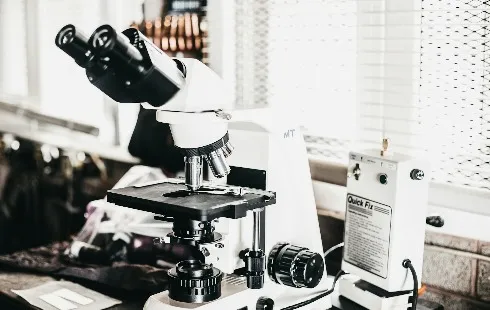
Gonadorelin Peptide: A Gateway to Understanding Endocrine Dynamics
Section: Science
A groundbreaking telescope, the Vera C. Rubin Observatory, is on the verge of unveiling its first images in just a few days. Recent simulations have raised expectations for this innovative instrument, suggesting it will soon identify millions of previously unknown celestial objects within our solar system.
Equipped with the world's largest digital camera, the observatory is expected to uncover a significant number of objects, including many of the potentially hazardous asteroids that could pose a threat to Earth. An international team of researchers has utilized advanced software to project the capabilities of the telescope, underscoring its potential impact on our understanding of the cosmos.
The observatory will not only detect these celestial bodies but will also capture multiple images of them using various filters. According to the research team, this advancement in observational technology is akin to transitioning from black-and-white television to vibrant color.
According to the projections, the telescope is likely to discover over 120,000 asteroids and comets that come dangerously close to Earth's orbit within its initial operational years. Currently, astronomers are aware of approximately 38,000 such objects. The simulations indicate that more than 70% of asteroids larger than 140 meters--those that could cause significant damage upon impact--are expected to be identified. Furthermore, the observatory will reveal around five million new objects in the asteroid belt between Mars and Jupiter, more than 100,000 Jupiter Trojans, about 37,000 trans-Neptunian objects, and several thousand Centaurs, a group of asteroids located between Jupiter and Neptune.
Historically, it took 225 years for astronomers to find the 1.5 million known asteroids. In contrast, the Vera C. Rubin Observatory is projected to double this number in less than a year. Understanding these newly discovered objects is crucial, as many of them originated alongside the planets. Gaining deeper insights into their orbits and compositions will enable scientists to reconstruct the solar system's formation history more accurately.
The observatory, situated in Chile, recently received its key component: the massive digital camera known as the Legacy Survey of Space and Time (LSST). This camera, consisting of 201 individual CCD sensors, each with 16 megapixels, will significantly enhance the observatory's research capabilities. With an 8.4-meter diameter mirror and an extensive field of view, the telescope will repeatedly photograph the entire night sky, aiming to create the most comprehensive time-lapse of the starry sky ever recorded over the next decade.

Section: Science

Section: Health

Section: Arts

Section: Health

Section: Science

Section: News

Section: News

Section: Health Insurance

Section: Health

Section: News
Health Insurance in Germany is compulsory and sometimes complicated, not to mention expensive. As an expat, you are required to navigate this landscape within weeks of arriving, so check our FAQ on PKV. For our guide on resources and access to agents who can give you a competitive quote, try our PKV Cost comparison tool.
Germany is famous for its medical expertise and extensive number of hospitals and clinics. See this comprehensive directory of hospitals and clinics across the country, complete with links to their websites, addresses, contact info, and specializations/services.
What do you get when you blend the tradition of American stand-up comedy with themes that are anything but funny? Pair that with a captivating performer and author like Claus von Wagner, and you're guaranteed a fantastic evening. Projekt Equilibrium is his latest program, which explores the quest...



No comments yet. Be the first to comment!